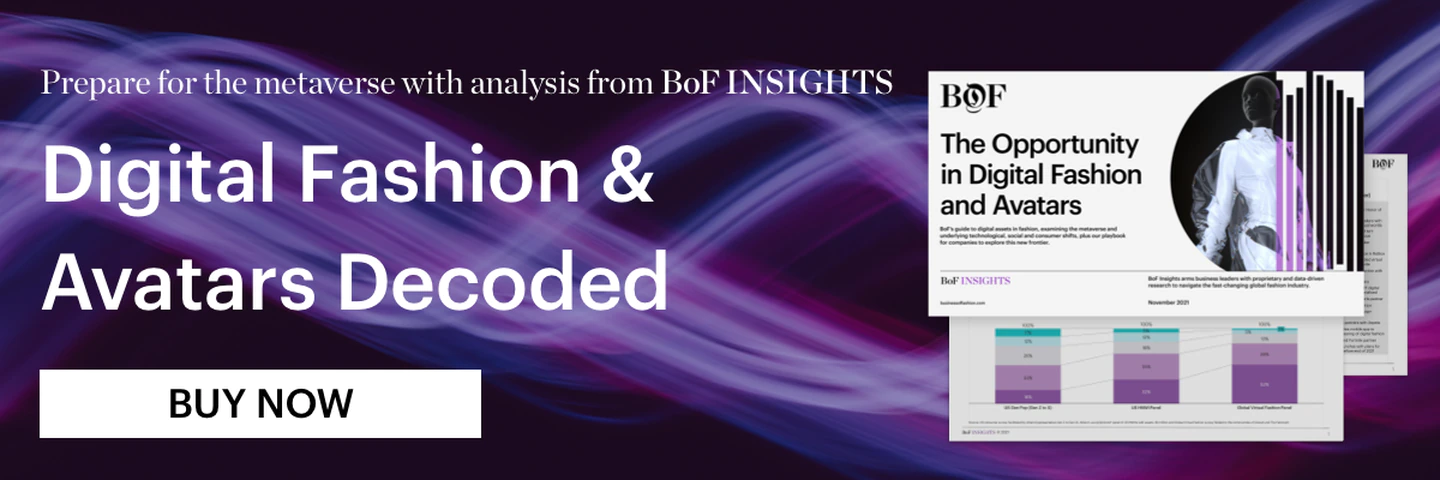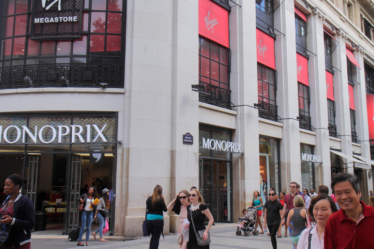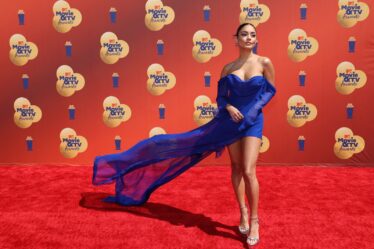
Metaverse Fashion Week promised an opportunity for brands to showcase the possibilities of digital fashion and break free of the constraints of reality. In a digital world, physics and physical bodies don’t have to apply. Instead, the reality of technical limitations hampered the experience, which often felt underwhelming.
The event lasted from Mar. 23 to 27 and featured runway shows and pop-up shops from a host of big names in real-world fashion like Dolce & Gabbana, Etro, Selfridges and Tommy Hilfiger, as well as offerings from digital-fashion pioneers Auroboros and DressX. It all closed with Grimes performing a live DJ set in Auroboros’ virtual space.
The setting for the week was Decentraland, a blockchain-based 3D virtual world that launched to the public in 2020 and has quickly grown to more than 560,000 monthly active users. The space has flourished amid the recent crypto boom, as developers rushed to buy plots of virtual land in hopes of building shopping districts to sell virtual goods in the form of NFTs. In February, designer Philipp Plein spent $1.4 million on a plot in Decentraland.
The thinking goes that Decentraland and similar spaces are a precursor to the more fully realised metaverse Mark Zuckerberg and others have imagined, where we spend most of our time as dressed-up avatars in virtual environments that either overlap with or provide an alternative to the real world.
Today’s rudimentary metaverse is a long way from that vision, however, and its limits were on display at Metaverse Fashion Week. The biggest drawback is that the visuals are fairly basic, in part as a compromise to allow the experience to work smoothly on the internet’s present-day infrastructure, which will need to advance greatly if a more immersive metaverse is ever to come about. For now, it’s not always ideal for capturing details on garments or presenting them with the sophistication brands use on other channels.
That said, first attempts are always a learning experience, as Decentraland itself acknowledged. Giovanna Casimiro, a content producer at Decentraland and head of Metaverse Fashion Week, described the event as an “educational process,” and there were lessons for brands thinking about marketing and selling in virtual environments.
Runway Shows Can Be Less Effective
A few brands, including Dolce & Gabbana and Etro, staged runway shows that followed the format of real-world shows, with models parading in the brand’s clothes, but also tried to embrace the digital environment. Dolce & Gabbana’s models had cat faces while Etro’s models levitated in the middle of the runway. Because of the basic visual style of Decentraland, though, the clothes themselves didn’t offer much to focus on.
Gaming environments are also compelling for users because they’re interactive, but runway shows are generally passive affairs where the audience stands by and watches. In the chatbox available in Decentraland, attendees of the Etro show expressed feeling unimpressed and wishing it were more fun and engaging. The brand’s name also only appeared at the beginning, and a few people who showed up afterwards couldn’t tell which brand’s show they were watching.
Translating Real-World Fashion Is a Challenge
Etro is a vibrant, print-centric label, but its strengths were lost in Decentraland. One show attendee described its clothes, adapted for the virtual world from its new collection, as “bland” — a description rarely used for its physical clothing.
Fashion works differently in the virtual world. While there were those who dressed their avatars in understated looks, many of the attendees of Metaverse Fashion Week opted for clothes and avatars that were deliberately outlandish or unreal. They glowed, or had wings, or gave the user blue skin or a television for a head.
Brands may find they need to distil their design into items that are recognizably theirs yet stand out in virtual spaces. Dolce & Gabbana designed its collection for Metaverse Fashion Week specifically as digital wearables.
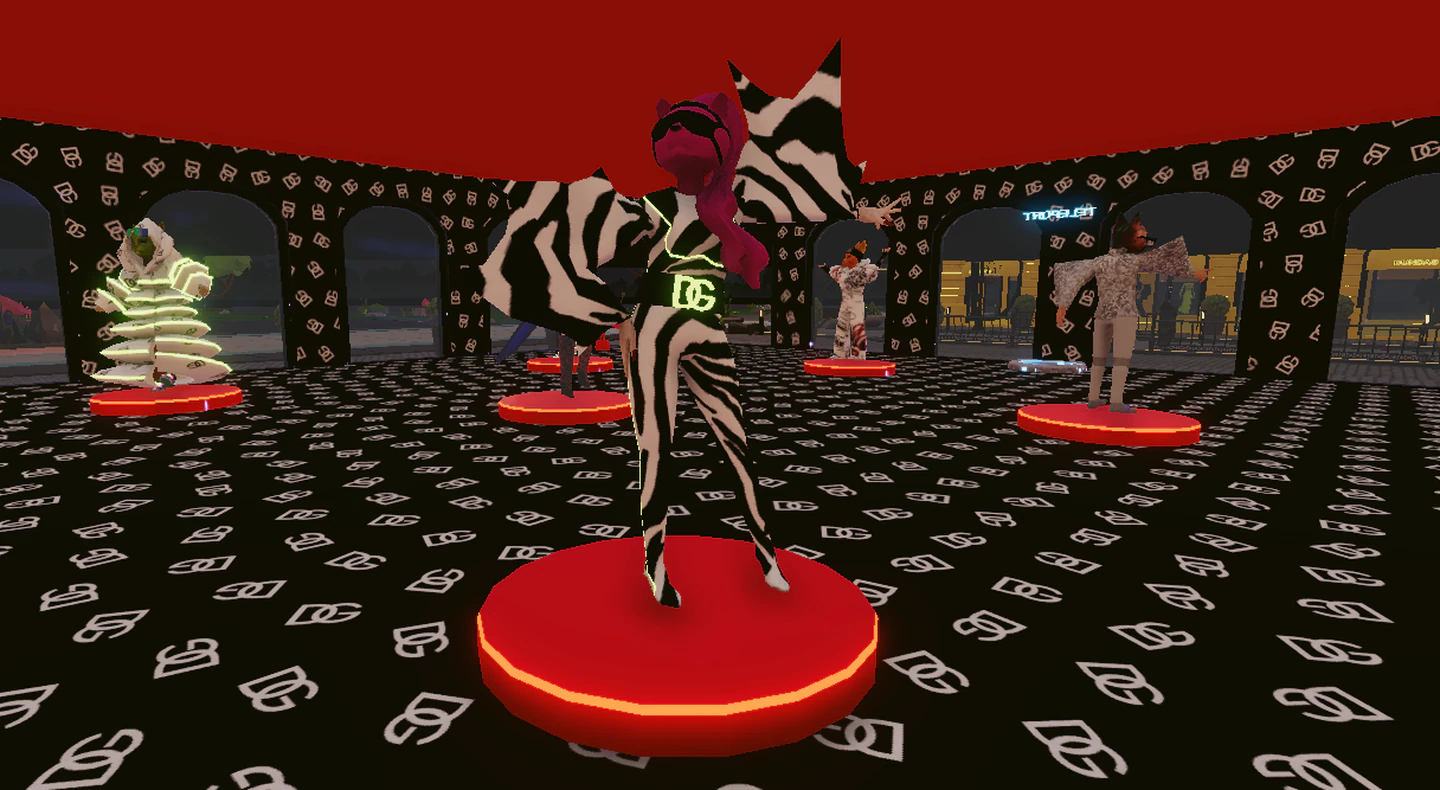
The Audience is Willing to Spend — At Least Sometimes
The variety of looks among attendees was an indication of how many users are customising their avatars beyond the free options available. Decentraland said users spent $5.5 million on wearables in 2021.
Tommy Hilfiger’s 30 wearable NFTs, which comprised digital versions of three items from its spring collection, sold out within an hour. Each cost 20 mana, which is Decentraland’s currency, or about $56 based on the current conversion rate. They could also be traded in for physical versions of the garments if users wanted.
“We were so excited to see how quickly the digital wearables sold out,” said Avery Baker, president and chief brand officer of Tommy Hilfiger. “On the flip side, we’re still looking at the performance, but the conversion of the NFTs into the physical twin has been at a slower rate.”
Other items didn’t elicit the same response. Auroboros offered a black bodysuit with scale-like detailing that cost 700 mana, or roughly $1,968. Grimes even wore it for her DJ set. Of the stock of 100 available, one has sold as of this writing. The brand said its focus during Metaverse Fashion Week was more to build a connection with its audience than sell high volumes of products.

Immersive Spaces and 2D Imagery Can Work Together
Much of Metaverse Fashion Week took place in a few locations, including a luxury district that recalled an outdoor mall where users could wander through brands’ pop-up shops. These mostly resembled traditional stores, with installations, branding on the floors and walls and products scattered throughout. But they felt like eerily empty showrooms and generally weren’t very exciting.
Auroboros took a more immersive approach that did a better job of communicating the brand’s point of view. Instead of trying to adapt a store to Decentraland, it constructed its own space, down to a floor submerged in water and shimmering walls.
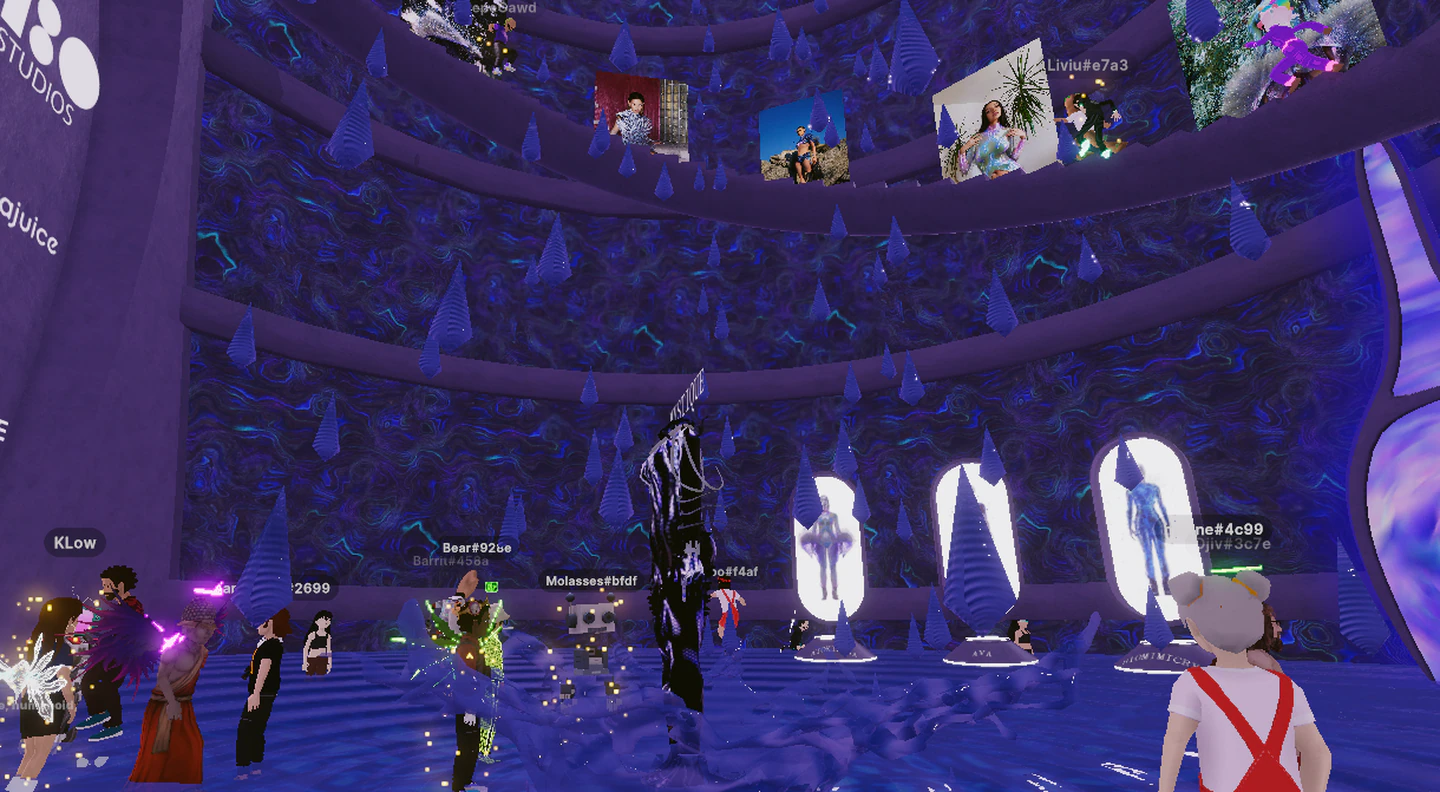
“It’s more imaginary and really pushing on the fact that you can’t have this physically,” said Alissa Aulbekova, who co-founded Auroboros with Paula Sello.
There was one old-fashioned asset that worked surprisingly well in the 3D world: 2D imagery. Along the spiralling walls of Auroboros’ space were images from its Instagram, while Tommy Hilfiger erected large billboards featuring its campaign imagery. They appeared particularly sharp and eye-catching against the low-resolution 3D background of Decentraland.
Metaverse Fashion Week as a Marketing Tool
Whether Metaverse Fashion Week qualifies as a success may depend on the measure used. Is it likely to yield a surge in sales of the physical products most brands still make their money from? Probably not. Was it a good opportunity for press and marketing? Perhaps, depending on the audience with whom brands tried to connect.
While Decentraland has the visual style of a game that might appeal mostly to kids, its core audience includes many involved in or interested in crypto, an industry that’s been breeding luxury shoppers. It over-indexes on users above age 30 and with incomes above $100,000, according to Geeiq, a data platform that provides insight on gaming partnerships for clients such as Gucci and L’Oréal. And Geeiq’s data shows that the brand with whom Decentraland shares the most overlapping followers on social media is Coinbase, a cryptocurrency exchange.
For many brands, the aim of participating in Metaverse Fashion Week may just be to test and learn as virtual spaces like games and digital assets like NFTs continue to attract interest and money. They’ll have to find ways to do that while preserving their carefully crafted images.
“That’s the challenge, particularly in the fashion industry, where you’re so attuned to the execution of your imagery and your brand and every detail,” Tommy Hilfiger’s Baker said. “That is a mental barrier that probably quite a lot of brands will have to come to terms with as we all start exploring and experimenting more in this space.”
